How to Manage Wellbore Stability in Extended Reach Drilling
Advancements in Extended Reach Drilling enable the exploitation of reservoirs located far from the drilling site but also come with significant challenges, particularly concerning wellbore stability. Proper management of wellbore stability is crucial for the success and safety of ERD drilling operations.
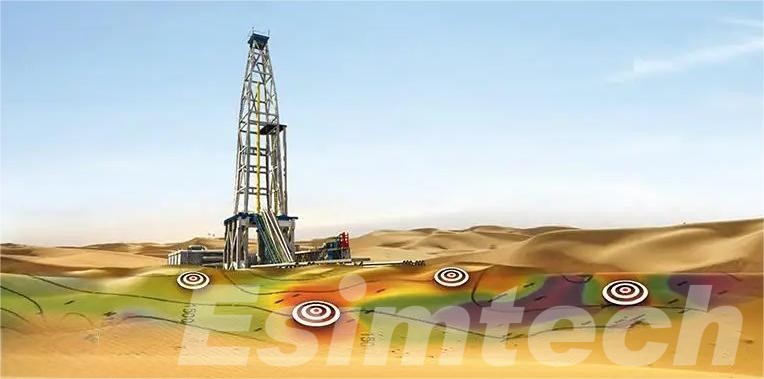
Understanding Wellbore Stability in Extended Reach Drilling
Wellbore stability refers to the maintenance of the structural integrity of the wellbore walls during drilling operations. In ERD drilling, the extended horizontal reach amplifies challenges related to wellbore stability due to:
- Mechanical Stress: The extensive reach increases the mechanical load on the drill string, which can lead to buckling and collapse.
- Formation Pressure Variations: Different geological formations encountered along the well path have varying pressures, which can destabilize the wellbore.
- Drilling Fluid Properties: The properties of drilling fluids, such as density and viscosity, are critical in maintaining pressure balance and supporting wellbore walls.
- Geological Uncertainties: Unpredictable geological formations and features can pose additional risks to wellbore integrity.
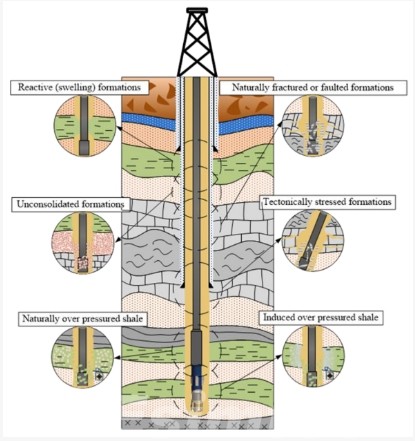
Strategies for Wellbore Stability Management in Extended Reach Drilling
Effective management of wellbore stability in ERD is crucial to ensure safe, efficient, and cost-effective operations.
1. Comprehensive Well Planning
Geomechanical Modeling
A thorough geomechanical model is essential for understanding the subsurface environment. This model should incorporate:
- Stress Analysis: Understanding the in-situ stress regime and how it varies along the well path.
- Pore Pressure Prediction: Anticipating pressure changes to avoid underbalanced or overbalanced conditions.
- Rock Strength Characterization: Assessing the mechanical properties of the formations to predict their behavior under drilling conditions.
Optimized Well Trajectory
Designing an optimal well trajectory in ERD drilling involves:
- Minimizing Doglegs: Smooth trajectories reduce mechanical stress on the drill string and casing.
- Avoiding Weak Formations: Planning the well path to steer clear of geologically unstable zones.
- Trajectory Adjustments: Continuously refining the trajectory based on real-time data and geomechanical feedback.
Mud Weight Window
Determining the appropriate mud weight is critical:
- Balancing Act: The mud weight should be sufficient to prevent wellbore collapse (underbalance) but not so high as to fracture the formation (overbalance).
- Dynamic Adjustments: Real-time adjustments based on downhole pressure readings and formation responses.
2. Real-Time Monitoring and Data Analysis
Measurement While Drilling (MWD) and Logging While Drilling (LWD)
MWD and LWD tools provide continuous, real-time data about downhole conditions:
- Downhole Pressure and Temperature: Monitoring these parameters helps maintain the correct mud weight and detect early signs of instability.
- Formation Properties: Understanding lithology and porosity variations to anticipate and mitigate risks.
Borehole Imaging
Real-time borehole imaging tools, such as borehole televiewers, help visualize the wellbore condition.
- Detecting Breakouts and Washouts: Identifying areas where the wellbore is enlarging or collapsing.
- Fracture Identification: Spotting natural fractures that could compromise wellbore stability.
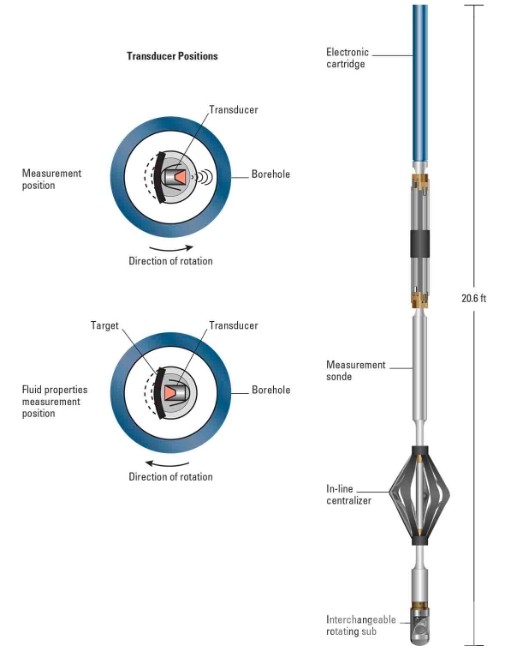
Torque and Drag Analysis
Analyzing torque and drag data provides insights into mechanical conditions along the wellbore:
- Friction Monitoring: Identifying increases in friction that may indicate wellbore instability or drill string problems.
- Mechanical Load Assessment: Ensuring that the drill string is operating within safe mechanical limits.
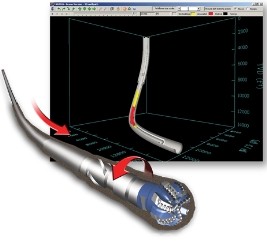
3. Optimized Drilling Fluids
Mud Density and Rheology
The properties of the drilling fluid are crucial for maintaining wellbore stability.
- Density Control: Ensuring the mud density is within the optimal range to support wellbore walls.
- Rheological Properties: Adjusting viscosity and flow characteristics to enhance cuttings transport and minimize the risk of stuck pipe incidents.
Inhibitive Additives
Chemical additives can stabilize reactive formations.
- Shale Inhibitors: Preventing swelling and sloughing of shale formations.
- Sealants: Reducing fluid invasion into porous formations.
Fluid Loss Control
Preventing the loss of drilling fluid into the formation is essential.
- Lost Circulation Materials (LCM): Using materials to seal fractures and voids, maintaining hydrostatic pressure.
4. Managed Pressure Drilling (MPD)
MPD techniques provide precise control over the wellbore pressure profile:
- Constant Bottom Hole Pressure: Maintaining a steady pressure to prevent collapse or fracturing.
- Adaptive Pressure Management: Quickly adjusting surface backpressure in response to real-time data, ensuring stability is maintained.
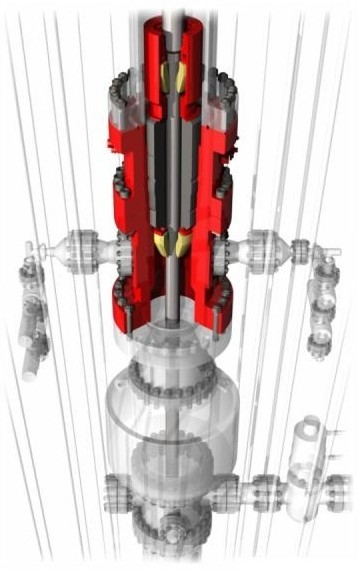
5. Wellbore Strengthening Techniques
Cementing
Proper well cementing practices enhance wellbore stability.
- Casing Bonding: Ensuring a strong bond between the casing and the formation to prevent collapse.
- Zonal Isolation: Preventing fluid migration between different geological layers.
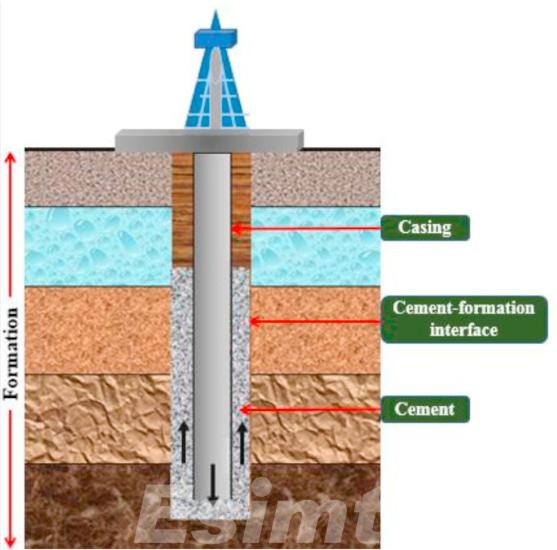
Stress Caging
Creating a stress cage involves injecting materials to reinforce the wellbore.
- Material Injection: Using materials to create a barrier that supports the wellbore and prevents fluid invasion.
- Fracture Sealing: Strengthening the formation around the wellbore to resist collapse.
Borehole Stabilizers
Using mechanical stabilizers can provide additional support.
- Centralizers and Reamers: Tools that maintain the position of the drill string and smooth the wellbore walls.
- Expandable Tubulars: Technology that expands within the wellbore to provide additional structural support.
Key Simulation Technologies Used for Wellbore Stability Management in ERD Drilling
Advanced oil and gas simulation tools enable engineers to model complex subsurface conditions, analyze the mechanical behavior of the wellbore, and test various scenarios to ensure stability throughout the drilling process.
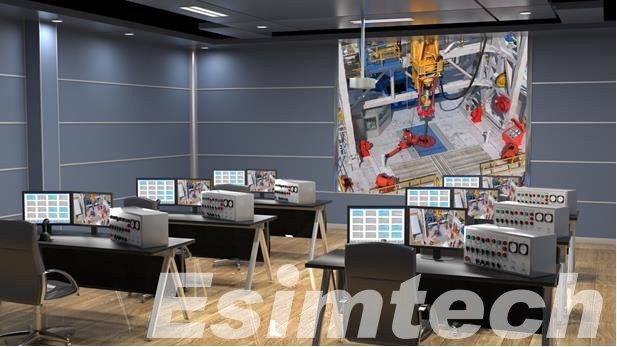
1. Geomechanical Modeling
Finite Element Analysis (FEA)
Finite Element Analysis (FEA) is a numerical method used to model the mechanical behavior of the wellbore and surrounding formations.
- Stress Distribution: Simulating the stress distribution around the wellbore to identify potential areas of failure.
- Deformation Analysis: Predicting how the wellbore will deform under various loads and pressures.
- Fracture Propagation: Modeling the initiation and propagation of fractures to prevent wellbore collapse.
Discrete Element Modeling (DEM)
Discrete Element Modeling (DEM) is used to simulate the behavior of granular materials and fractured rock masses.
- Rock-Fluid Interaction: Understanding how the drilling fluid interacts with the formation.
- Fracture Mechanics: Analyzing the mechanics of rock fractures and their impact on wellbore stability.
Pore Pressure Prediction and Management
Accurate prediction of pore pressure is essential for maintaining wellbore stability. Simulation tools for pore pressure prediction include:
- Seismic Inversion: Using seismic data to estimate pore pressure along the well path.
- Geomechanical Models: Integrating geological and geophysical data to predict pore pressure changes with depth.
Managed Pressure Drilling (MPD) Simulators
MPD simulators provide real-time control over wellbore pressure profiles.
- Pressure Management: Simulating different pressure control scenarios to maintain optimal wellbore pressure.
- Kick Detection: Modeling potential influxes (kicks) and planning appropriate responses to prevent blowouts.
2. Drilling Fluid Dynamics
Computational Fluid Dynamics (CFD)
CFD is used to simulate the behavior of drilling fluids within the wellbore. Key applications of CFD in wellbore stability management include:
- Fluid Flow Analysis: Modeling the flow of drilling fluids to optimize cuttings transport and minimize pressure losses.
- Mud Rheology: Simulating the rheological properties of drilling mud to ensure it provides adequate wellbore support.
- Erosion and Wear: Predicting the erosion and wear of the wellbore and drill string due to fluid flow.
Hydraulic Fracturing Simulation
Hydraulic fracturing simulators model the impact of drilling fluids on the formation.
- Fracture Initiation and Growth: Simulating how fluid injection causes fractures to initiate and grow, which helps in designing mud programs to prevent unwanted fractures.
- Pressure Management: Optimizing fluid injection rates and pressures to maintain wellbore integrity.
3. Real-Time Monitoring and Predictive Analytics
Digital Twins
A digital twin is a virtual replica of the wellbore and drilling operations, continuously updated with real-time data.
- Real-Time Decision Making: Providing real-time insights into wellbore conditions to make informed decisions quickly.
- Predictive Analytics: Using historical and real-time data to predict future wellbore behavior and prevent stability issues.
Machine Learning and AI
Machine learning and artificial intelligence (AI) are increasingly used to enhance wellbore stability management.
- Pattern Recognition: Identifying patterns in drilling data that indicate potential stability issues.
- Predictive Maintenance: Forecasting equipment failures and wellbore instability before they occur.
- Optimization Algorithms: Optimizing drilling parameters to maintain wellbore stability.
4. Integrated Wellbore Stability Software
Comprehensive Simulation Platforms
Integrated wellbore stability software combines various simulation tools into a single platform, allowing for holistic analysis and management.
- Geomechanical Modeling: Integrating stress analysis, pore pressure prediction, and rock mechanics.
- Fluid Dynamics: Modeling drilling fluid behavior and optimizing mud programs.
- Real-Time Data Integration: Incorporating real-time data from drilling operations for continuous updates and adjustments.
- Scenario Analysis: Testing multiple drilling scenarios to identify the best strategies for maintaining wellbore stability.
Collaboration and Visualization Tools
Advanced simulation platforms often include tools for collaboration and visualization.
- 3D Visualization: Providing 3D models of the wellbore and surrounding formations for better understanding and communication.
- Collaborative Environments: Enabling teams to work together in a shared virtual space, improving decision-making and efficiency.
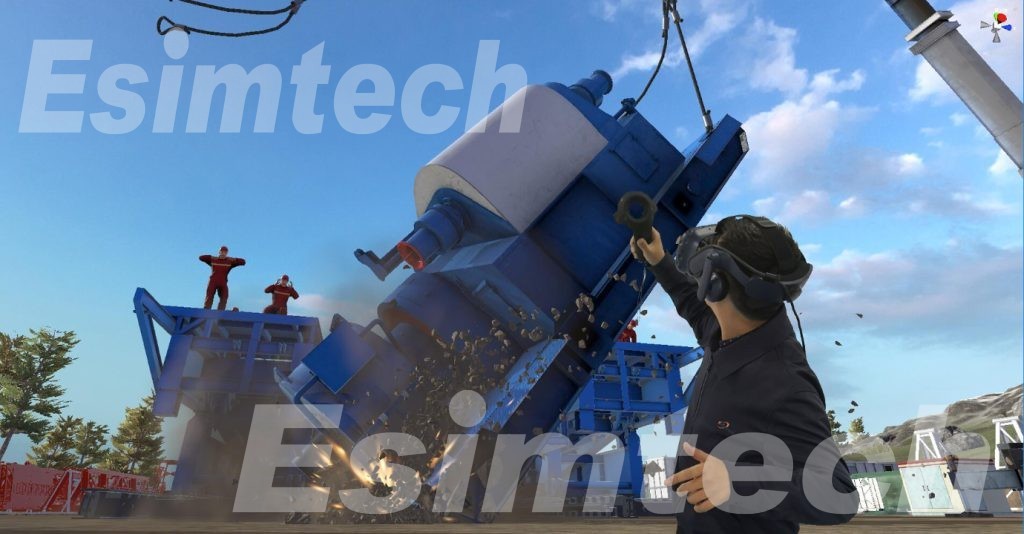
In Summary, managing wellbore stability in ERD requires a combination of precise planning, advanced technology, and real-time responsiveness. By implementing these practices, operators can minimize risks, enhance drilling efficiency, and ensure the successful completion of extended-reach wells.
